Magnolia
krnuttle
10 years ago
Featured Answer
Sort by:Oldest
Comments (16)
ken_adrian Adrian MI cold Z5
10 years agokrnuttle
10 years agoRelated Professionals
Maple Valley Landscape Architects & Landscape Designers · Saint Louis Park Landscape Architects & Landscape Designers · Americus Landscape Contractors · Bridgeport Landscape Contractors · Conroe Landscape Contractors · Lake Zurich Landscape Contractors · Mason Landscape Contractors · Mastic Beach Landscape Contractors · Monterey Landscape Contractors · Pahrump Landscape Contractors · Point Pleasant Landscape Contractors · Woodland Landscape Contractors · King of Prussia Decks, Patios & Outdoor Enclosures · New Albany Decks, Patios & Outdoor Enclosures · Saint Louis Park Decks, Patios & Outdoor Enclosurespoaky1
10 years agoDave in NoVA • N. Virginia • zone 7A
10 years agoEmbothrium
10 years agobrandon7 TN_zone7
10 years agogardengal48 (PNW Z8/9)
10 years agoEmbothrium
10 years agoUser
10 years agodavidrt28 (zone 7)
10 years agobrandon7 TN_zone7
10 years agogardengal48 (PNW Z8/9)
10 years agoDave in NoVA • N. Virginia • zone 7A
10 years agokrnuttle
10 years agojfadmz
5 years ago
Related Stories

TREESGreat Design Plant: Southern Magnolia, Iconic U.S. Native
Massive, fragrant blooms and deep green leaves set Magnolia grandiflora apart from other large shade trees
Full Story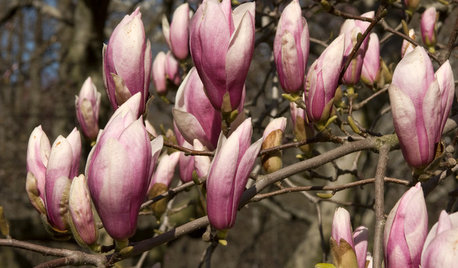
LANDSCAPE DESIGNGreat Design Plant: Saucer Magnolia
Witness its glorious spectacle in early spring, but this specimen tree brings other delightful visuals to a garden too
Full Story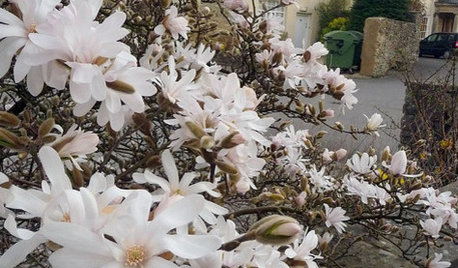
GARDENING AND LANDSCAPINGGreat Design Tree: Star Magnolia
Winter-blooming magnolia is a stellar plant for all seasons
Full Story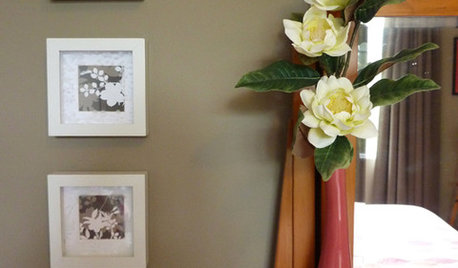
Magnolia Magic Breezes Into the Home
Real or not, the leaves and blossoms of this Southern tree infuse any room with gracious charm
Full Story
SPRING GARDENING7 Spectacular and Practical Spring-Flowering Trees
Put on a beauteous show in the garden with a landscape tree awash in flowers — just do your homework first
Full Story
HOUZZ TOURSHouzz Tour: Farm Fresh
Updates bring back the bygone charm of a 19th-century Texas farmhouse, while making it work for a family of 6
Full Story
HOLIDAYSHouzz Call: Show Us Your Holiday Mantel
Do reindeer prance or lights dance above your fireplace during the holidays? Share your decorated mantel with us
Full Story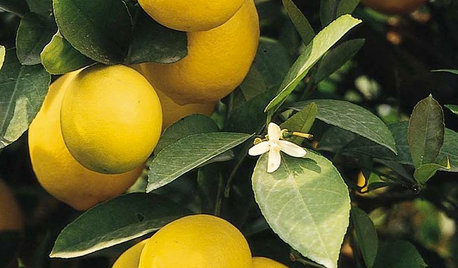
CALIFORNIA GARDENINGCalifornia Gardener's February Checklist
Celebrate 5 California classics: plants that defy winter with bright flowers, luscious fragrance and, for some, delicious taste
Full Story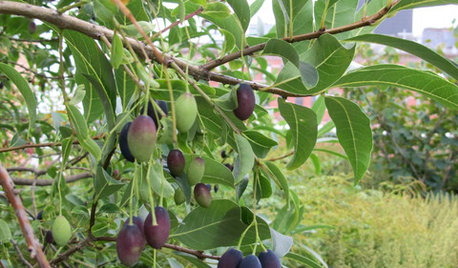
GARDENING GUIDESGreat Design Plant: Chionanthus Virginicus
Lacy flowers cover native white fringetree in spring, and birds feed off its berries in winter
Full Story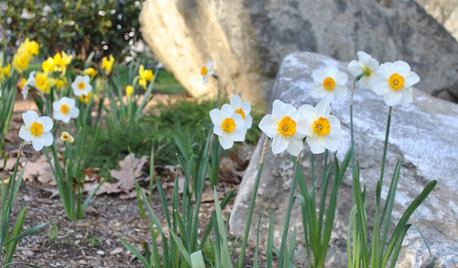
GARDENING AND LANDSCAPINGSpring Blossoms Burst Into the Big City
Warm weather has lured busloads of gorgeous flowers to New York, from shy buds to full-blown blooms
Full StoryMore Discussions










j0nd03